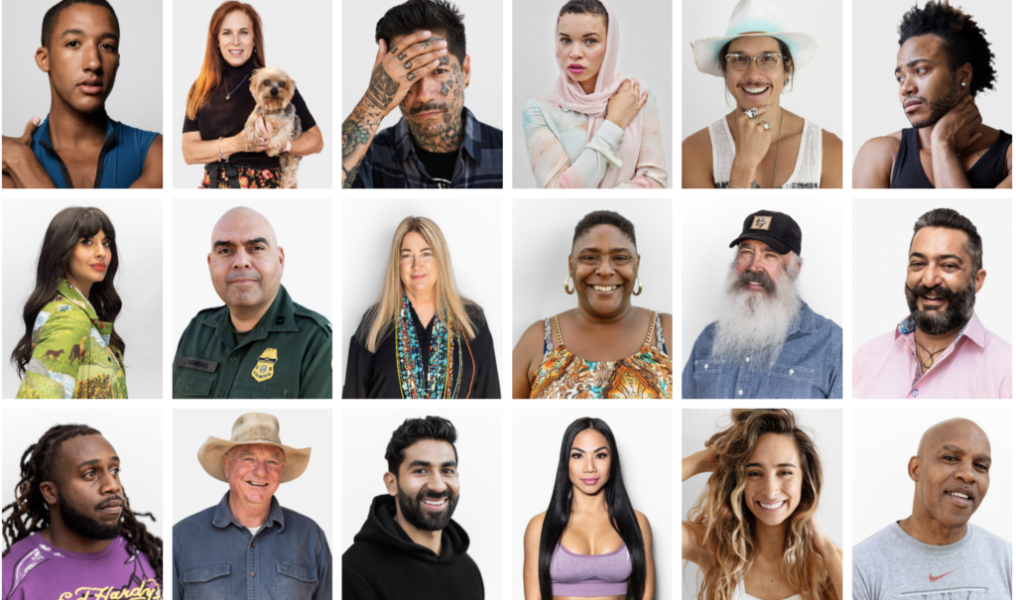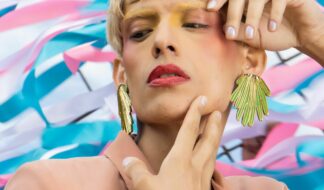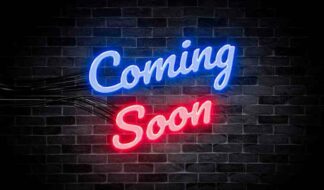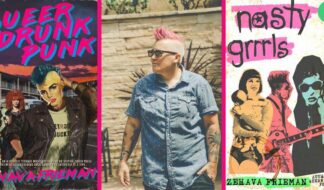As Yale psychology professor Paul Bloom puts it, stereotypes are a part of our daily experience. We make split-second decisions not to trust a child to give accurate directions or an elderly person to carry a heavy object, but the trouble begins when we don't apply critical thought to these snap judgments, which can "cause horrible moral problems and horrible rational problems" like racism and overall bias. In the case of photographer and director Mark Leibowitz, it was four years ago that he began to realize that he was relying too much on stereotypes in his own life. A world-renowned content creator, Leibowitz decided to use his skillset to change that. Thus, The Stereotypes Project was born.
"During the campaign leading up to the 2016 [presidential] election, I noticed myself stereotyping those with whom I disagreed politically, and I became determined to examine how these stereotypes came about and what I could do about them," Leibowitz said. "The journey of 'Stereotypes' asks us to listen more, to judge less and to take action to change. This is my small contribution to helping heal the divide and reconcile our differences as a nation."
The Project is an audio/visual exhibit that showcases people from all walks of life. Each subject addresses the negative stereotyping that they've faced in their own lives, how they view themselves and what can be done to prevent further negative stereotyping. Between The Lines caught up with Leibowitz to learn more about his inspiration for the project, what he's learned since creating it and his thoughts on taking action to stop relying on stereotypes.
Four years ago, you said that you started to stereotype people and you sensed a similar rift in greater American society. Today, do you still feel that it's there?
I think, unfortunately, it's widening. I definitely, in California where I am specifically, have not seen it improve. There's even friends I've had for 20-plus years where we will disagree on a number of issues. And because of the media silos that we might each fall into, there is a really wide discrepancy in the information that we're receiving. And that leads to a general stereotyping of the "other," of someone different.
How do you choose your subjects?
There are a couple of different ways that we've picked the people for this project. The first was through Craigslist, which I view as a very kind of open public way to get people for any project. I've used Craigslist for previous projects before, and I got a huge range of
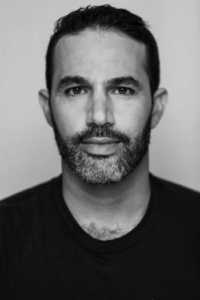
Mark Leibowitz.
people for that. I got everyone from Rusty, who is the gentleman with tattoos; I got a former homeless gentleman, who now makes films to help other individuals who are homeless; I got a former marine; people all across political, racial and socioeconomic spectrums. And then the other way I did it was through reaching out on social media to people in my friend group, giving them a very brief overview of the project, trying to really not force a position upon it and asking them for people to speak to.
Was there somebody who, for whatever reason, stood out to you more than most during this project?
There are different people who stay with me for different reasons. A lot of people, I think specifically because of how stereotypes have affected them throughout their life, were more complex in their thinking about stereotypes. So, Blair Imani, who you mentioned before, Harper Watters, they both have put a lot of thought into stereotypes and the implications of stereotypes in their life and for society and their roles, ways to combat those stereotypes. And so, for our particular conversation and your particular audience, those are the interviews I'd point people toward because they really do have a lot of intelligent things to say about the role of stereotypes in society and the role that can have on any individual — especially members of the LGBTQ+ community.
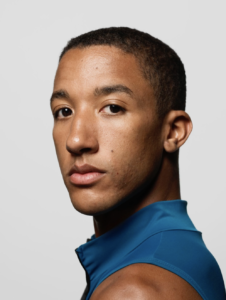
Harper Watters. By Mark Leibowitz.
Of all of the people chosen to participate in the project, Blair Imani stood out to because she has intersectional identities — she's Muslim, LGBTQ and Black — and she said that many people view her as a threat. When you were examining yourself and realized that you were stereotyping people, did you feel like you perceived those you stereotyped as a threat?
I don't think I felt threatened. For me, I personally don't feel stereotyped very often, and what I was actually feeling was kind of a profound sadness that there was such disagreement and that I wasn't able to have conversations with people that I wanted to have. And because so many of the conversations that I was having were not productive, I wanted to move them toward productive conversation, and I used stereotypes as one of the things that were impeding those conversations.
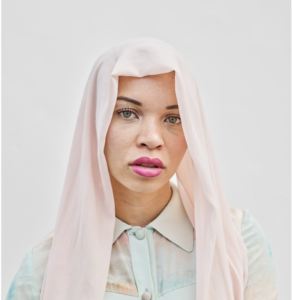
Blair Imani. By Mark Leibowitz.
The overarching theme in most of the shared stories was a want to communicate with others more. What do you think is the first step to bridging that communication gap?
I think that one good first step is listening. Listening to people's individual stories is very important. In this project there is some equivalency that I give to the various stereotypes, but I am not saying in any way that those stereotypes that are received by different people are equivalent. So, for example, a stereotype placed upon me might not at all have the kind of systemic oppression that other stereotypes would have. And that could go for an LGBTQ+ stereotype to a racial stereotype. So, I think that the first step is really recognizing that even for an individual that does feel stereotyped that that is not necessarily equivalent to what another individual is feeling. And we really need to recognize that listening is a great first step and that empathy is a nice first step as well, but neither listening nor empathy will really bring about change. You need to couple that with real action.
Does it give you hope that many people carried the same message?
It definitely gave me hope. Being in Waco, Texas, and then Washington, D.C., Arlington, Virginia, Los Angeles, New York — all these places where there are a wide range of political views — I did find that on a one-on-one basis everybody was incredibly open. They were willing to listen; I was able to have conversations with them on things I agreed with them on and things I didn't agree with them on. I think a big part of that was just me being the one who was listening and letting everyone speak their piece, which just goes back to the previous idea of listening is really a key for us to be able to hold more conversations.
Do you think being an artist gave you the insight needed to take on a project like this?
It's something that over my entire career, I've loved being able to be present in a situation while still being removed from it. I think that there is a natural buffer that the camera creates that really does allow that kind of third-person perspective that you don't necessarily get when you are directly involved in any situation. So, it is a unique perspective, and one of the things I tried to focus in on this project was letting people speak for themselves. We talked before about this kind of lack of equivalency between different stereotypes, one thing I didn't want to do was to myself place a hierarchy on different stereotypes. I really wanted to leave that up to the viewer to establish, because a lot of previous work done on stereotypes has kind of put a structured hierarchy of, "Oh, you must look at this stereotype that's worse than this stereotype that's worse than this stereotype than this stereotype." And I wanted to stay away from that. I wanted to, as cleanly as I could, just present: here's an individual, and here's their story. We recognize that not all stereotypes are equivalent because of the societal implications that come with them, but there's still that layer of removal that exists.
Do you find yourself thinking differently about yourself and the way you view people now that you've done this project?
One of the big things for me is recognizing that listening, recognizing when I'm stereotyping, recognizing when a prejudice steps in or a bias — and that can be on the individual level or on a societal or institutional level, that all of those different steps along the process of where communication breaks down, there's really a chain reaction that we need to cut off at the very beginning. And that's what this project tried to do. If we listen, maybe we can stop this chain of stereotyping, prejudice, bias, a lack of empathy and all these other problems that are happening. And, overall in American society, we can reduce polarization and bring our conversation back to a little more of a nice tone.
Do you think we can get to a point where stereotyping disappears?
I asked this question to every single person that I interviewed, and the answer that the participants gave was that in older generations this wasn't possible, but it was possible in younger generations. I've also done a bunch of reading of academic papers and talked to some professors and stereotyping in a lot of ways is a very natural human process, but I think that there is a way to reduce it and that a lot of the openness that I've seen in the younger people that I've spoken to really do give me some hope for stereotypes becoming less prevalent. And, more importantly, us actually reducing a lot of the institutional power behind stereotypes. So, that could be anything regarding gender identity or race, that if we actually can reduce the institutional and societal implications, which might be strongly negative against those, that those stereotypes could become less powerful in how they affect individuals' performance lives overall.
Visit leibowitzpictures.com/stereotypes to view the virtual exhibit and submit your own story.
